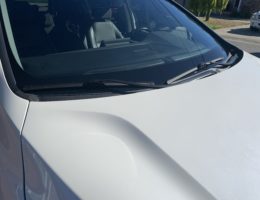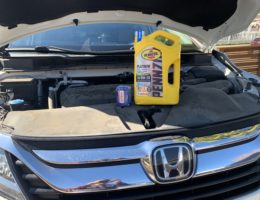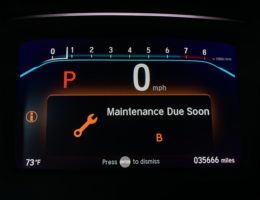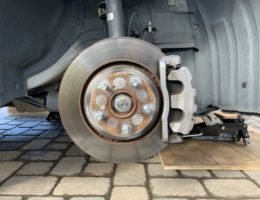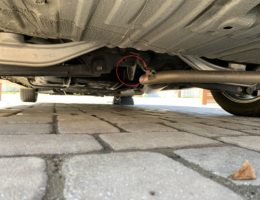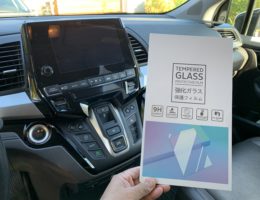If you own a 5th generation (2018-2023) Honda Odyssey and you don’t own any CR2032 coin batteries, you should probably stock up as it will only be a matter of time before the batteries in your key fob remotes run out. At that point, you might be stranded if you’re trying to start your vehicle because your key fob’s immobilizer chip is not being detected by your vehicle.
The 5th generation Honda Odyssey (model years 2018-2023) has front windshield wipers (26-inch for driver side, 22-inch for passenger side) and a rear wiper (16-inch rear). For the most cost-effective way to change the wipers, you may purchase the blade-refills. The quicker and easier option is to replace the wiper blades completely with one of the many great aftermarket wiper blades on the market. The aftermarket ones do cost a good deal more than the blade refills, but they do tend to last longer and are super easy to install.
Changing the oil and oil filter is relatively simple on the 5th Generation Honda Odyssey (years 2018-2023). You do need to lift the car (I recommend driving up onto ramps) in order to access the oil drain plug and the oil filter. It is also slightly challenging filling the engine with oil without making a mess, unless you have a taller funnel or you come up with a more creative way to pour motor oil into the engine fill port.
There are two main ways to reset the Maintenance Minder on the 5th generation Honda Odyssey (2018-2023). If you have an LX trim, you can only reset through the Instrument Panel as you may not have a navigation/infotainment screen on the center dash. If you have an EX trim or higher, you can reset either through the instrument panel or the infotainment screen on the center dash. Either way works and will allow you to reset the maintenance reminders if you’ve completed the maintenance items yourself.
Ever since I was finishing up my previous project car, I’ve been keeping my eye out for a new project to work on. One morning before going into work, I found a 2004 BMW 330XI with a 6-speed manual that was newly listed on Craigslist. I reached out to the owner, but didn’t hear anything back right away which is not uncommon.
Replacing the brake pads and brake rotors on the 5th generation Honda Odyssey (years 2018-2023) is a rather straight-forward process. These vehicles many people experience vibration when they brake (especially at high speeds or under heavier braking.) The solution to this is usually to replace both brake pads and brake rotors.
Generally the front and rear jack point locations on a vehicle is clearly provided to the owner. Either the owner’s manual, repair manual, and/or service manual will give you all of the locations on the vehicle where it is safe to use a floor jack or jack stands. For the 5th generation Honda Odyssey (years 2018-2023), you do have the jack stand locations outlined in the owner’s manual. But, when you are trying to find out where you can safely use a floor jack, this information is unavailable.
One of the most common interior issues that plague the 2nd generation Acura CL (years 2000-2003) is the separation of the arm rest on both the driver side and passenger side doors. At the time of this writing, these cars are approximately two decades old and the age and wear will have taken its toll. The glue that holds door to the plastic switch trim ends up separating and looks something like this.
Installing a screen protector is quite easy; the most important thing is keeping the area and the screen clean before installing the screen protector. The nice thing about the screen protector is that it is made of tempered glass and has a custom fit for these 2018-2023 Honda Odysseys. Best of all once it is installed, it protects your screen and you won’t even notice that it is there at all.


